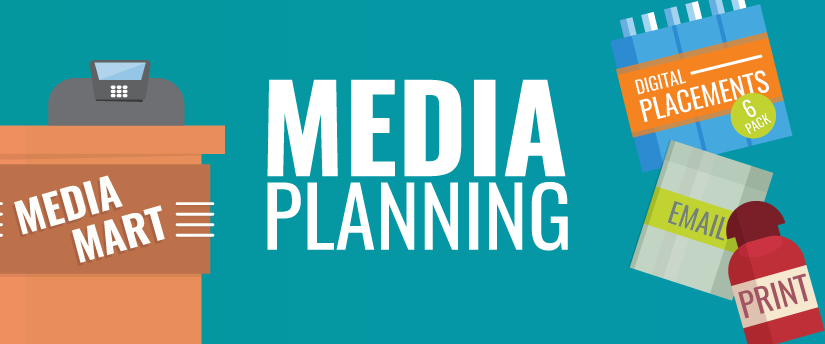For many, this time of year includes holiday decorating, caroling, hot cocoa and roasting chestnuts by the fire. For those of us in the world of paid media, this time of year brings spreadsheets, more spreadsheets, budgets and most importantly, strategic media planning. And, did I mention lots of caffeine? At Lessing-Flynn, we take a different approach to media planning. While we won’t share our secret recipe, we will provide a few of the ingredients.
- The “Mix”: All good recipes start with the right mix of ingredients. A media plan is no different. Buying one tactic or media placement all year long and expecting it to effectively hit all your key performance indicators (KPIs) is a dated, ineffective practice. For this reason, having a healthy mix of media placements that fit your different KPIs will help you achieve multiple goals and later allow you to better measure and evaluate the success of your media plan.
- Everyone Is a “Regular” Consumer: Reaching your target audience when, where and how they consume media seems self-explanatory, right? Many people forget, when advertising in the B2B space, that these individuals are regular consumers as well. Think about how you consume media. Often, we are on the couch watching TV while on our laptops or phones while magazines and other media products surround us. By including a multi-touch-point model, you are sure to keep your brand in front of your audience — even when they may not be thinking about your product.
- Brand Awareness Ads Don’t & Shouldn’t Sell Products: Many times, it is easy to assume that the second someone sees your ad, they are going to go out and buy your product. This is what many refer to as “last-click attribution.” While this may work on products with a low barrier to entry — a whitening toothpaste, for example — this too is a dated digital misconception. Even with the whitening toothpaste, it is not likely someone will see a banner ad, click it and purchase the product at that moment. The consumer is more likely to consider it when they run low on toothpaste at home and purchase it at the store, meaning you cannot correlate someone seeing your ad to purchasing the product. Therefore, using display banner ad campaigns, print ads and other brand awareness tactics to tie to high barrier-to-entry sales is a no, no.
- Data: Use It Well & Use It Wisely. Now more than ever, data on the performance of your paid media tactics is right at our fingertips. So why not use this information? Whether it is direct performance of your client’s previous placements, publisher studies, third-party studies or other client successes, USE the information you have. Digital media has more targeting capabilities than ever — using a mix of publisher/industry data along with the client’s previous placement success should mean you have a media plan with limited waste and high performance.
- Stir & Taste! No recipe has ever called for you to put the ingredients in the bowl and leave them there. You have to stir, taste and tweak! The same goes for a media plan. Give your media plan time to work its magic; give the ingredients time to mix and marinate together. And, if your recipe yields a foul-tasting dish, ditch it and try again: With a media plan, it is ok if a placement or two didn’t work out. Just remember that and don’t try it again. And of course, tweak the recipe to make it better. Take out what isn’t working and reallocate the budget to what is. Optimization is the key to making your media plan and investment work harder for you.
LF Newsletter Alert
Want Lessing-Flynn to rock the socks off your inbox with insights and more?




